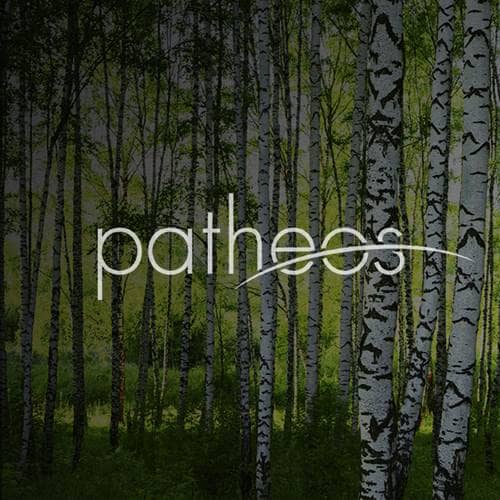- Trending:
- Pope Leo Xiv
- |
- Israel
- |
- Trump
- |
- Social Justice
- |
- Peace
- |
- Love

RELIGION LIBRARY
ISKCON (Hare Krishna)
Exploration and Conquest
ISKCON developed during an era of tremendous cultural and religious upheaval, the late 1960s and early 1970s in North America and western Europe. The movement initially drew the attention and then allegiance of members of the youth counterculture, young adults who questioned the promises of American middle class life and looked for alternatives in drugs, music, sex, communal living, and other alternatives to mainstream culture. The beatnik poet Alan Ginsburg offered one of the first public commendations of the Hare Krishnas, and he was followed by the likes of the Beatles, particularly George Harrison, who became an outspoken proponent of Krishna Consciousness. Other new religious movements (NRMs) arose at the same time, appealing to a similar audience of countercultural youth. Groups such as the Children of God, Scientology, Unification Church, and Transcendental Meditation all thrived in the upheaval of the late 1960s and early 1970s.
The sudden rise of ISKCON and other new religious movements and their appeal to the youth counterculture led to a backlash from an alliance of concerned parents, religious leaders, politicians, and therapists. Parents of converts often felt abandoned by their children's choices to join the movement, and many believed that their offspring had fallen victim to nefarious mind-control techniques. Allying with religious opponents of ISKCON and the other NRMs, primarily drawn from Christian and Jewish communities, these parents formed groups opposed to what they considered an explosion of dangerous religious cults. Such groups eventually coalesced into the anti-cult movement (ACM).
The ACM targeted ISKCON as one of its main adversaries, owing to the religious group's fame and close connection to the counterculture. One of its main objectives was to categorize the Hare Krishna movement as a cult, a sociological term that originally referred to a religious group with loose social boundaries often coalescing around a charismatic or prophetic leader. As the ACM used the term, however, cult meant a destructive and dangerous religious group that employed brainwashing techniques to victimize America's youth. Though scholars outside of the ACM questioned whether one could make an unbiased distinction between a cult and a religion, the idea of an impending wave of dangerous cults took on a life of its own in the media, popular culture, and government.
The ACM succeeded in portraying ISKCON as a cult, resulting in a broad ranging persecution of the movement. Most notoriously, professional anticultists known as deprogrammers offered services to parents wherein they kidnapped Hare Krishna devotees, confined them in hotel rooms or basements, and psychologically assaulted them until the ISKCON devotees recanted their religious faith. Given its questionable ethics and legality, the era of deprogramming was short lived, but during its height in the 1970s, several dozen such cases led to a series of lawsuits and publicity, including accusations against the deprogrammers as well as against ISKCON from the deprogrammed apostates. The ACM's attacks on ISKCON also led to a higher degree of social tension between the religious group and wider society, with the public increasingly likely to view individual Hare Krishnas as well as the movement itself as aberrant or even dangerous.
Such tension became increasingly heightened following the 1977 murder/suicides of the members of the People Temple, a new religious movement that operated the Jonestown community in South America. Though ISKCON had never endorsed violence, it nevertheless suffered by comparison as a fellow NRM. The situation worsened in the mid-1980s when a breakaway group of Hare Krishna devotees, led by one of Bhaktivedanta's hand-picked gurus, transformed their rural commune in West Virginia into a center for a variety of criminal activities, including drug distribution, child abuse, and murder.
By the 1990s, tensions between ISKCON and broader society had subsided. Partially, ISKCON had abated such tension through forming strategic alliances with Indian Hindus, who defended ISKCON as a bona fide religion, and characterized attacks on it as religious persecution. Furthermore, social scientists had come to reject notions of brainwashing and even the category of cult, meaning that the expert witnesses relied upon by courts tended to support ISKCON rather than the ACM. Finally, the demographic shifts within ISKCON itself led to decreased tensions and persecution. With most of its devotees having families and working normal jobs, ISKCON increasingly became a more conventional movement rather than a countercultural one. As such, the group represented less of a threat to mainstream culture than it did in the 1960s and 1970s.
Study Questions:
1. Describe the relationship of ISKCON to the counter-culture, and to the popular culture.
2. What is the ACM? How did they engage in violence against the ISKCON devotees?
3. Why was the ISKCON movement perceived as violent?
4. What helped resolve the tension between ISKCON and the broader society?










